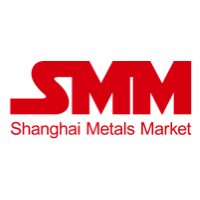Advancements in Electrolyzer Technology and Hydrogen Production Projects
Key Ideas
- Domestic alkaline electrolyzer market maintained at 35.77GW with no new capacity added, while innovative technologies like the 'Integrated CO2 Electrolysis Conversion System' are being successfully implemented.
- Several notable electrolyzer-related projects emerged, including a green hydrogen system in the Altay Fuhai County PV+ESS project and the Inner Mongolia wind and solar power hydrogen production integrated project.
- Policy dynamics highlight the European Commission's emphasis on supporting renewable fuels and electrolyzers, with significant funds allocated for projects meeting efficiency targets by 2030.
- Corporate advancements include companies like Cockerill Hydrogen raising substantial funds for business development and the establishment of new entities such as Guangzhou Hengyun Hydrogen Energy Technology Co., Ltd.
The electrolyzer industry saw significant developments in the past week, with a focus on technological advancements, projects, policy dynamics, corporate news, and patent applications. The domestic alkaline electrolyzer market maintained stability at 35.77GW, with no new capacity added, showcasing a consistent market. Innovative technologies such as the 'Integrated CO2 Electrolysis Conversion System' introduced by Peric Hydrogen indicate progress in electrolyzer applications. Several electrolyzer-related projects emerged, including the green hydrogen system in the Altay Fuhai County PV+ESS project and the Inner Mongolia wind and solar power hydrogen production integrated project. Policy dynamics emphasized the European Commission's support for renewable fuels and electrolyzers, with substantial funds allocated for projects meeting efficiency targets by 2030. Corporations like Cockerill Hydrogen raised significant capital for business development, while new entities like Guangzhou Hengyun Hydrogen Energy Technology Co., Ltd. entered the market. Additionally, advancements in patents and technology, such as the development of ceramic-based anion exchange membranes and improved catalyst formulations, further highlight the industry's progress.
